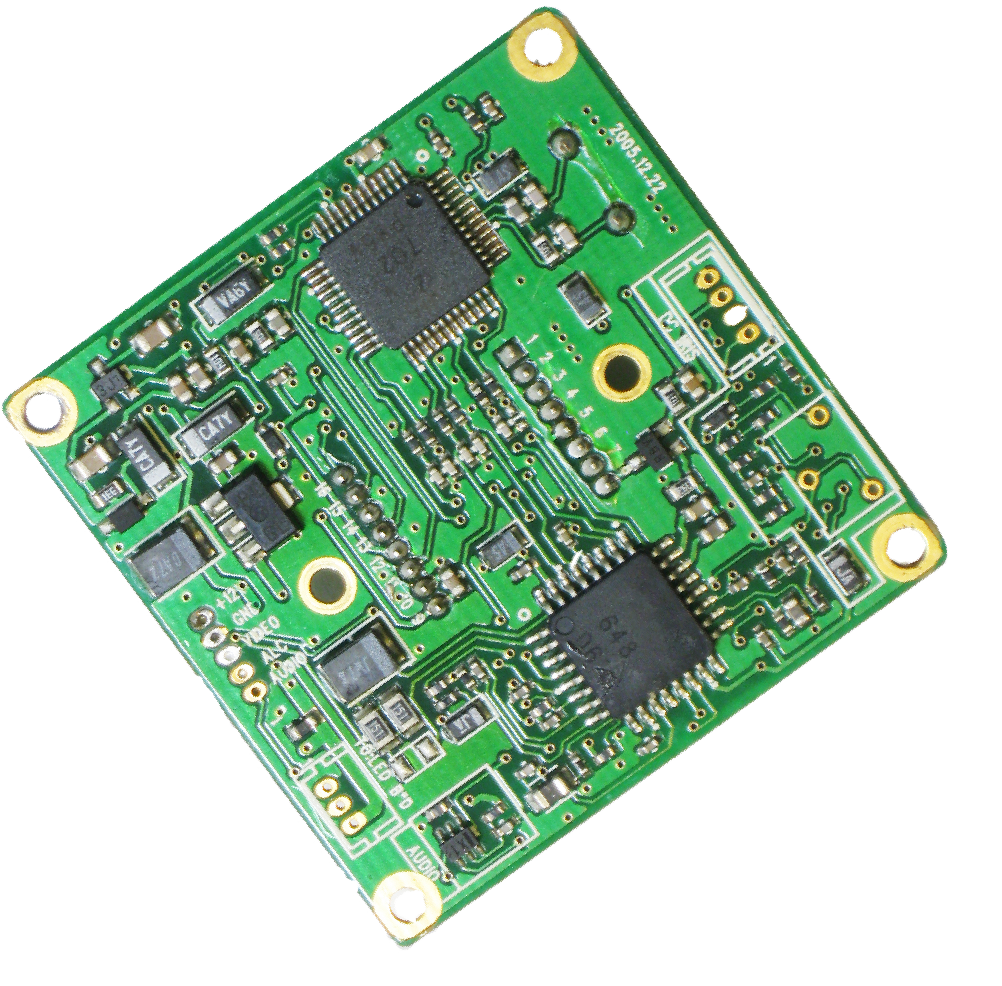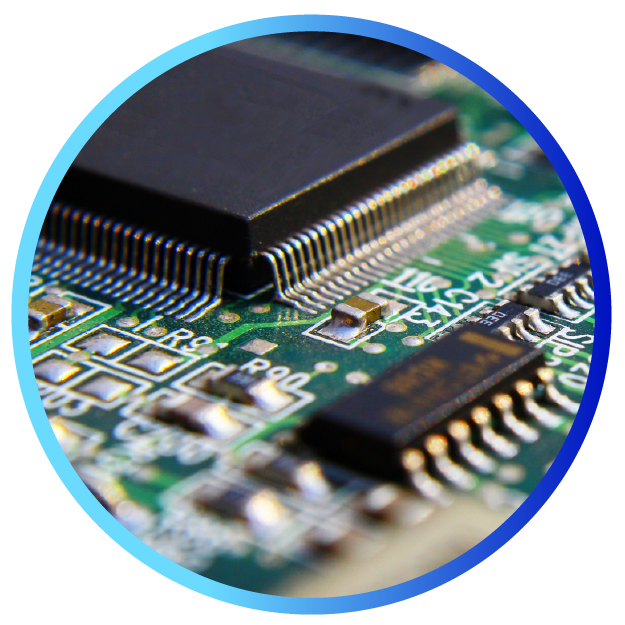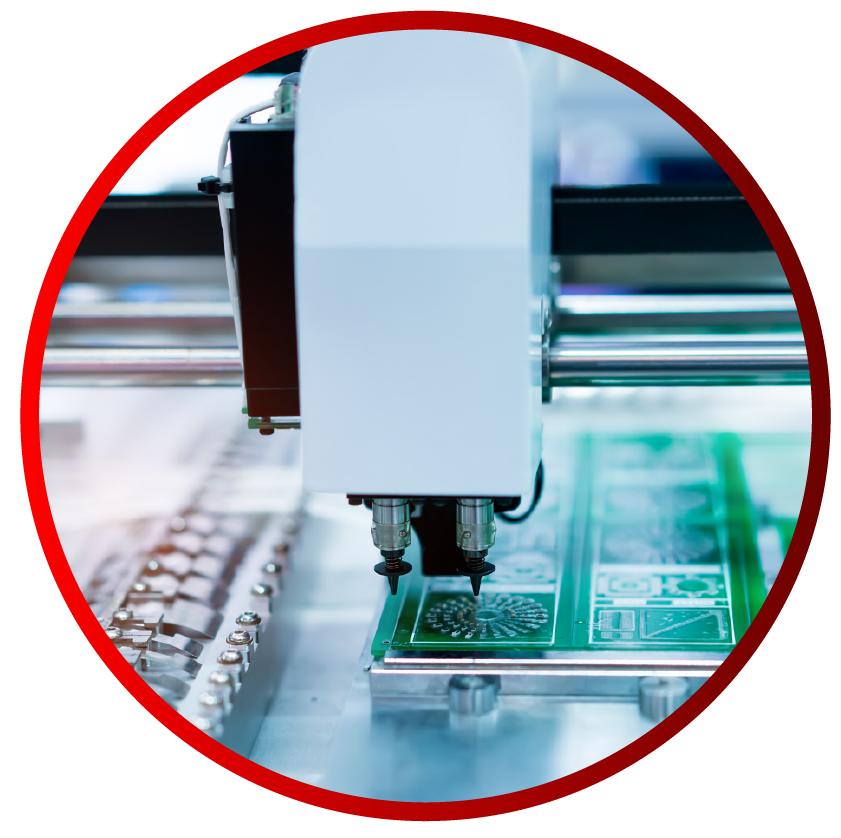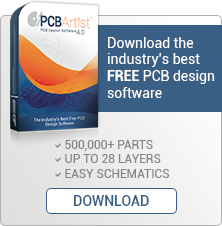 Surface Mount Technology (SMT) is an alternative to older through-hole (TH) printed circuit board (PCB) design and manufacturing practices. It has largely taken over when size, weight, and automation are considerations because it can fabricate PCBs more efficiently without losing any reliability or quality.
Surface Mount Technology (SMT) is an alternative to older through-hole (TH) printed circuit board (PCB) design and manufacturing practices. It has largely taken over when size, weight, and automation are considerations because it can fabricate PCBs more efficiently without losing any reliability or quality.
This technology has facilitated the application of electronics for functions that were not previously thought of as practical or possible. SMT uses surface mount devices (SMDs) to replace larger, heavier, and more cumbersome counterparts in the older TH PCB construction.
The Advantages of SMT - Practical & Cost-Effective
Virtually all equipment that is commercially manufactured today uses surface mount technology for its many advantages during PCB manufacturing. More and more PCB devices are available as SMDs or packages, which makes the adoption of SMT extremely practical and cost-effective.
SMT Manufacturing
SMT board construction creates a more efficient, automated PCB construction process for mass production. Some of the greatest benefits of SMT manufacturing include the following:
- Increased automation
- Maximum flexibility in building PCBs
- Improved reliability and performance
- Reduced manual intervention for component placement
- Nearly total elimination of hole drilling operations
- Smaller, lighter boards
- Ease of assembly, using both sides of the board without the hole limitations that exist in through-hole construction
- Ability to co-exist with through-hole components, even on the same board
- Increased density – more SMD components in the same space, or the same number of components in a much smaller footprint
Processes Involved in SMT Manufacturing
Fabrication generally consists of several highly-automated processes for SMT manufacturing, including these basic steps:
- The board material contains solder pads without holes and solder paste is applied with a screen-printing-like process. Placement is controlled through a precise stencil template for the specific PCB being fabricated to ensure material is only applied where needed.
- Automated component picking and placement machines then position the desired SMDs and other components on the boards precisely. They are often fed to the machines on reels or tapes. In the case of components such as integrated circuits, they are delivered in static-free media.
- Boards then continue to soldering operations which heat the solder pads to the point where the applied solder paste melts and bonds the components to the board.
- In situations where both sides of the printed circuit board are being utilized for components, the placement/soldering processes are repeated for the reverse side.
- Any heat-sensitive components incorporated on the PCB may be installed after the automated soldering, either manually or through processes that would not damage the component.
- Boards are then “washed” to remove excess flux or solder residues that could cause shorting of components due to their extremely close placement tolerance.
- Once the products are finished, cleaned, and dried, they are ready for final inspection of quality. Inspections look for missing components, alignment issues, or soldering issues that could generate potential problems. There is equipment available to automate these inspections.
- Inspected boards then proceed to any required testing of circuits and functionality.
The Benefit of Using a Third-Party PCB Manufacturer
Creating a highly mechanized process for SMT construction allows for greater advantages in fabrication. The manufacturing equipment that is required to do this can be cost-prohibitive to many companies that design SMT PCBs. Most choose to rely on Advanced Circuits for our specialized resources and more efficient manufacturing of their designed PCBs.
Advanced Circuits is one of the largest PCB manufacturers in the US. You can count on us for excellent customer service and reliability. We are full-service and ready to help your company incorporate quality Surface Mount Technology into the PCB fabrication process.








 I am certain we are not one of your biggest customers. However, we are always made to feel we are. The customer service you provide is unparalleled. You are always ready to help with whatever it is we need. And for this, we thank you."
I am certain we are not one of your biggest customers. However, we are always made to feel we are. The customer service you provide is unparalleled. You are always ready to help with whatever it is we need. And for this, we thank you." 
